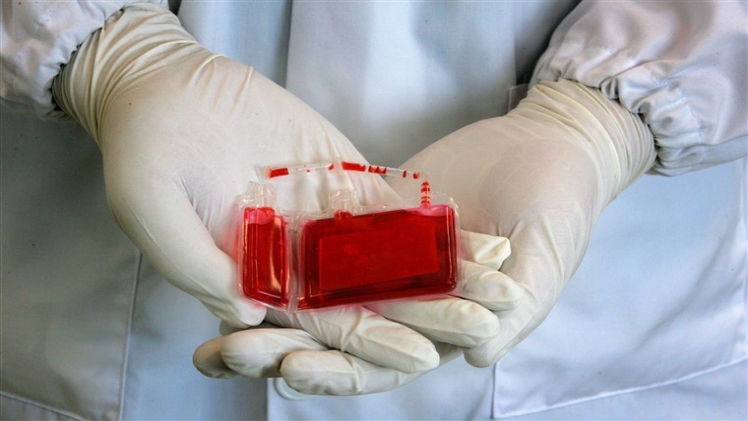What is Cord Blood?
It is considered to be the baby’s blood that remains within the placenta and umbilical cord after birth. There have emerged cord blood banks whose objective is to ensure safe storage of frozen cord blood until a genetic patient is recommended a transplant.
It comprises of special cells referred to as hematopoietic stem cells. These are immature cells that may develop into various kinds of blood cells like WBC, RBC and platelets.
Hematopoietic stem cells can be stated to be the same blood forming stem cell type that is present within the bone marrow transplant. It is generally used to treat 70+ types of known diseases.
The pregnant woman may decide to avail or avoid having cord blood collection immediately after delivering the baby. Cord blood collection is termed to be a harmless procedure for both the newborn as well as the mother.
About cord blood banks
Their function is to store and freeze cord blood samples once they are collected. It is kept ready for others to use in the near future. These days, you can easily come across private and public banking options.
Know the Pros & Cons
You can find stem cells at bone marrow and cord blood that give birth to various other blood cells. Stem cells availed from cord blood, at times, are found to be medically more useful when compared to the ones derived from the bone marrow.
Pros
- The chances of the person’s body accepting stem cells availed from cord blood are likely to be more when compared to that taken from the bone marrow.
- Cord blood related stem cells can be received by many people than bone marrow. The reason is that it is not necessary to match the cord blood of the recipient like that of bone marrow transplant.
- Cord blood collection is found to be a less complicated, risky and painful procedure for the donor when compared to bone marrow collection.
- Stem cells from cord blood might support immune system while performing cancer treatments. But bone marrow stem cells cannot be used in this manner.
- It is possible to store and freeze cord blood at cord blood banks. This means, it is possible to use them whenever required.
- Cord blood collection does not pose any kind of risk to the mother or the newborn baby.
- Donating cord blood to public banks can help save others’ lives.
- Donating cord blood to public banks is absolutely free.
Cons
- Storing cord blood at any private bank will invite some fee that can be a costly affair.
- Stem cells might not be present in the cord blood, meaning adults requiring transplantation may require to find multiple donors to derive cord blood stem cells.
- People are to plan and decide upfront cord blood donation. Before start of labour, they are to give their consent in writing.
- For public collection, some hospitals could charge a small sum.
- Not all people are eligible to donate away their cord blood.
- Not all hospitals may have the necessary resources to collect cord blood to store publicly.
- Private Cord Blood Banking might not be that effective unlike undergoing stem cells transplantation from a stranger.
Uses
Cord blood stem cells can help treat numerous health conditions like:
- Certain cancer like lymphoma and leukaemia
- Neurological disorders
- Genetic disorders
- Immune system disorders
Know the procedure
After 28 weeks of completing pregnancy, the woman can discuss with her healthcare provider if she is determined to donate her cord blood. In such a case, she is to do the needful:
- Check the hospitals that collect public donations. She may even consider private banks.
- Meet stringent guidelines.
- Provide her consent in writing.
Before donating cord blood to any public bank, the donors are to undergo thorough screening process. This is to diagnose infections, immune system disorders, blood or genetic issues.
The person during pregnancy will have to undergo several blood tests. After collecting, the cord blood will also undergo thorough testing.
Cord blood collection takes place only after delivery of the baby. The doctor will first clamp and then cut off the umbilical cord. Then, they will insert a needle to draw necessary amount of blood from the placenta and umbilical cord region. This blood is then stored within a sealed, sterile bag.
The entire procedure is straightforward and painless, taking approximately 10 minutes time to complete. The doctor, in a few cases, might be unable to collect sufficient amount of cord blood to donate.
In case any emergency is noticed during delivery, then the doctor will prioritize the newborn and pregnant mother’s safety over cord blood collection.
Once collected, the banks tend to freeze cord blood within liquid nitrogen freezer before storing it securely for future use.

